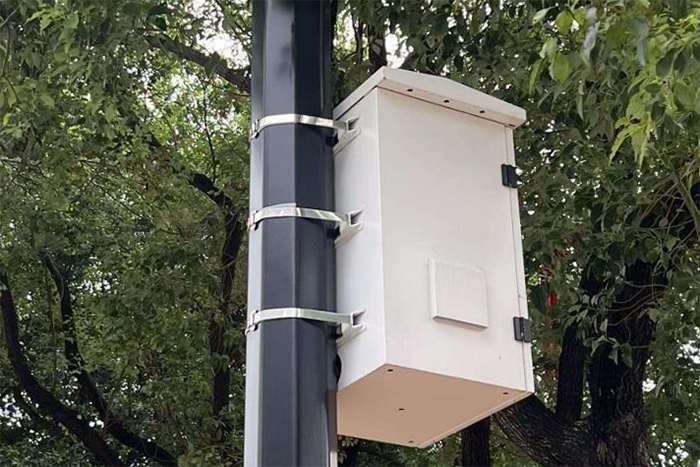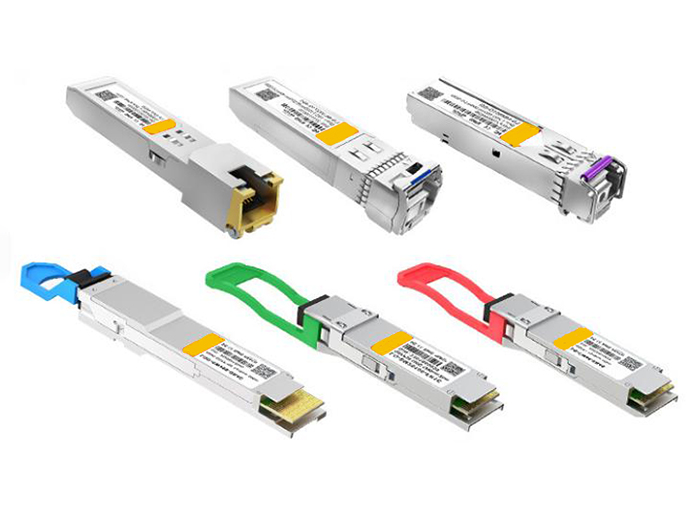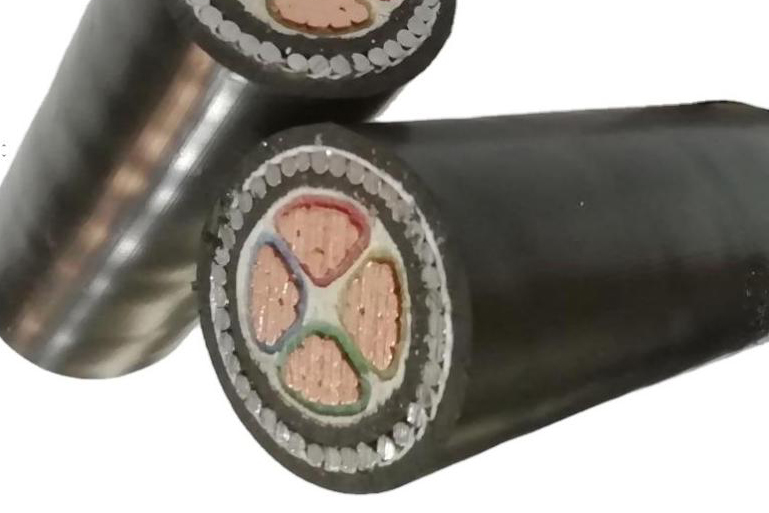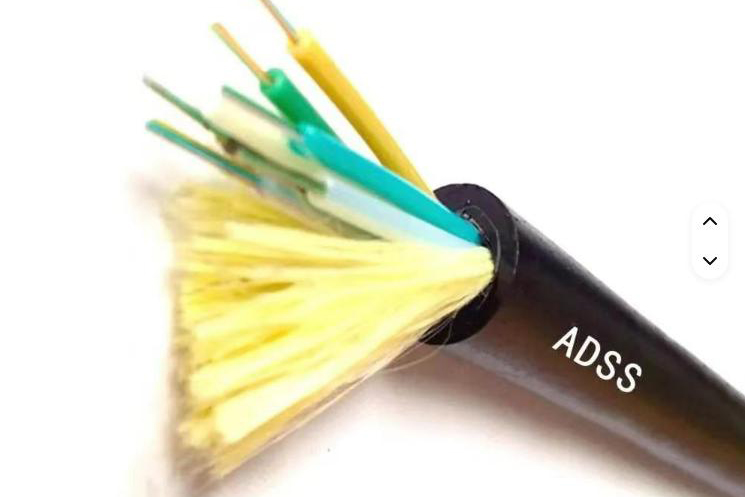
Cat5e Ethernet Cable Explained: A Complete Guide
In today’s connected world, the strength of your digital operations depends heavily on your physical infrastructure. That includes the Ethernet cables running behind your walls, ceilings, and racks. Among them, Cat5e (Category 5 Enhanced) cables remain a practical and cost-effective choice for many business networks, even as higher-category cables hit the market.
Why? Let’s walk through what makes Cat5e still worth your attention.
What Is Cat5e?
Cat5e is an improved version of the original Cat5 standard. It supports data transfer speeds up to 1 Gbps (Gigabit Ethernet) and bandwidth up to 100 MHz—more than enough for most small to mid-sized business environments. Compared to Cat5, it offers better crosstalk performance thanks to tighter twists in the wire pairs.
Cat5e cables consist of four twisted pairs of copper conductors, typically 24 AWG. They come in both UTP (Unshielded Twisted Pair) and shielded forms, with different jacket types like PVC or low-smoke zero-halogen, depending on the installation environment.
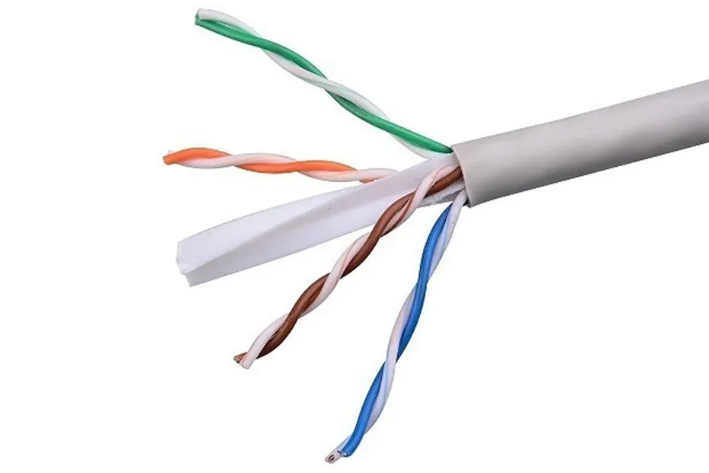
Cat5e vs Other Ethernet Cables
You're likely wondering: why choose Cat5e when Cat6 or even Cat7 exists? The answer depends on your bandwidth needs, budget, and environment.
| Type | Max Speed | Bandwidth | Max Length (1 Gbps) | Typical Use |
|---|---|---|---|---|
| Cat5 | 100 Mbps | 100 MHz | 100 m | Legacy networks |
| Cat5e | 1 Gbps | 100 MHz | 100 m | Offices, SMEs |
| Cat6 | 1–10 Gbps | 250 MHz | 55 m @ 10 Gbps | Data centers |
| Cat6a | 10 Gbps | 500 MHz | 100 m | High-performance LANs |
| Cat7 | 10 Gbps | 600 MHz | 100 m | Specialized setups |
For many business applications—like VoIP phones, surveillance cameras, office PCs, or access points—Cat5e is more than enough. It’s affordable, widely available, and easy to install.
What to Look for When Buying Cat5e
When sourcing Cat5e cable for your enterprise, consider the following:
-
Shielding Type:
-
UTP (Unshielded Twisted Pair) is common and easy to handle, good for most office spaces.
-
STP or FTP offers additional protection against EMI—useful in industrial or high-interference zones.
-
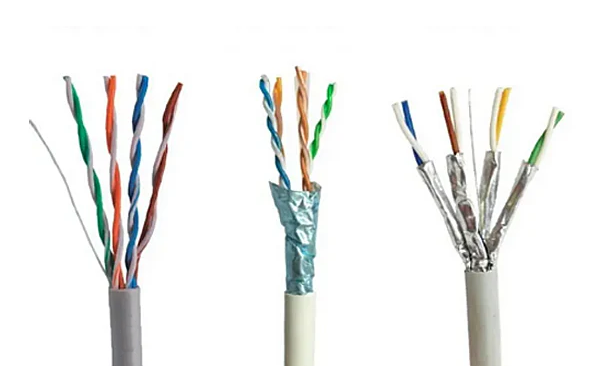
-
Jacket Material:
-
PVC is standard for general indoor use.
-
Plenum-rated jackets are fire-resistant and required in air-handling spaces.
-
LSZH is ideal for safety-sensitive environments (low smoke, zero halogen).
-
-
Cable Length and Signal Loss:
The longer the run, the higher the potential for signal degradation. Keep runs under 100 meters for optimal performance. -
Gauge:
Most Cat5e uses 24 AWG. Thicker wire (lower AWG) means better conductivity and less resistance—but might be less flexible.
Installation Tips for Reliable Performance
Good cable matters, but good installation matters more. Here are some best practices:
-
Avoid sharp bends—maintain the cable’s natural bend radius.
-
Keep power cables separate to reduce interference.
-
Use consistent wiring standards (T568A or T568B) on both ends.
-
Test every line after termination using a cable tester—don’t skip this step.
These steps ensure your Cat5e infrastructure delivers the performance it’s designed for.
Real-World Applications
Despite newer cable categories entering the market, Cat5e still plays a crucial role in many commercial environments. It’s not about being the most advanced—it’s about being fit for purpose. Here's where Cat5e shows its strength in the real world:
1. Office Network Infrastructure
For most small to medium-sized offices, Cat5e is the default choice for setting up a local area network (LAN). It reliably supports:
-
Gigabit Ethernet connections between workstations, printers, and network switches.
-
VoIP phone systems that require consistent power and data delivery.
-
Wireless access points (WAPs), where each drop needs a stable 1 Gbps uplink.
Cat5e’s flexibility, easy termination, and cost-efficiency make it ideal for rapid deployment during office expansions or relocations.
2. Surveillance and Security Systems
Cat5e is a go-to for IP-based surveillance systems, especially where Power over Ethernet (PoE) is involved. In many commercial buildings, it’s used to connect:
-
Indoor and outdoor IP cameras
-
Network video recorders (NVRs)
-
Security sensors and access control points
Its performance is reliable within the standard 100-meter limit, and shielded versions help in environments with high EMI, like near elevators or HVAC systems.
3. Retail Environments and POS Systems
In stores, Cat5e supports the connectivity between:
-
Point-of-sale (POS) terminals
-
Barcode scanners and receipt printers
-
Digital signage and networked kiosks
The compact nature of Cat5e helps in tight ceiling spaces, floor conduits, or behind checkout counters, where larger cables can be cumbersome.
4. Smart Building Automation
Cat5e is widely used for connecting low-voltage systems in smart commercial buildings, including:
-
HVAC controllers and thermostats
-
Lighting automation systems
-
Access control and building security panels
-
Audio/visual systems in conference rooms
In these scenarios, bandwidth needs are modest, and cost-effective gigabit support is more than sufficient.
5. Warehousing and Industrial Facilities (Light-Duty Zones)
In less electrically noisy areas of a warehouse or logistics center, Cat5e supports:
-
Inventory scanners and handheld devices
-
Office pods or workstations within the warehouse
-
Wireless access point backhauls for forklifts and tracking systems
Shielded Cat5e (FTP/STP) may be used near motors or fluorescent lights to reduce EMI interference.
6. Temporary and Mobile Installations
Event venues, pop-up shops, construction sites, and training centers benefit from Cat5e’s:
-
Lower cost for short-term use
-
Easy installation and removal
-
Compatibility with widely available switches and routers
For mobile offices or trailers, pre-terminated Cat5e cable assemblies can be deployed in minutes.
FAQs
Is Cat5e fast enough for modern business networks?
Yes—for most standard business applications (email, web, file sharing, VoIP), Cat5e supports gigabit speeds and is entirely sufficient.
Can I use Cat5e for PoE?
Absolutely. Just ensure the cable meets the necessary power requirements (check the specs and temperature rating).
Is it future-proof?
For environments planning 10 Gbps speeds or beyond, consider Cat6a or higher. But for stable gigabit performance, Cat5e still offers excellent value.
Final Thoughts
Cat5e Ethernet cable continues to offer strong performance, excellent value, and simple installation for a wide range of business environments. Whether you're expanding a local office network or setting up structured cabling across a multi-floor facility, Cat5e remains a smart choice when matched with the right application.
At Stanford Optics, we provide high-quality Cat5e cable options tailored for commercial use—available in bulk, tested to meet ANSI/TIA standards, and backed by our network solutions team. Ready to streamline your cabling infrastructure? Contact us today for consultation or bulk ordering options.

